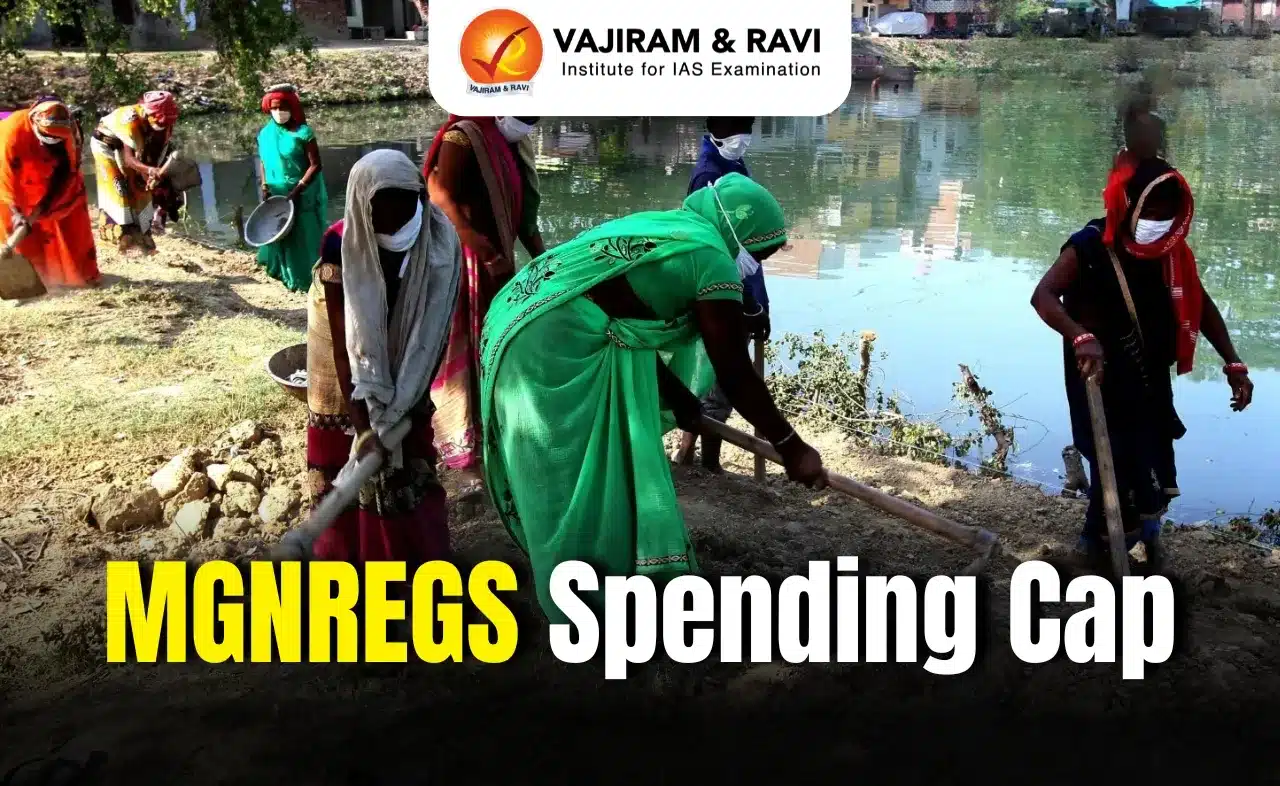Why in News?
- The Ministry of Statistics and Programme Implementation (MoSPI) recently released India’s economic growth data for the current fiscal year’s second quarter (July-Sept (Q2) for the FY 2022-23.
- India’s gross domestic product (GDP) grew by 6.3% and gross value added (GVA) by 5.6% year on year in Q2, slower than the GDP growth rate in the same months in 2021.
What’s in today’s article?
- Key terminologies
- How to read the recently released data
Key Terminologies:
Gross Domestic Product (GDP)
- GDP and GVA are the two main ways to ascertain the country’s economic performance that measures national income.
- The GDP is a monetary measure of all final products and services (those purchased by the final user) produced in a country over a certain period.
- The GDP accomplishes this by adding total expenditures in the economy, examining who spent how much, thus, measuring the economy’s overall “demand.”
- The economy has recovered since the pandemic, but the manufacturing sector’s contraction has cast doubt on future demand.
- Higher interest rates and no substantial increase in consumption against the backdrop of a slowing global economy will offer challenges in the current fiscal year’s second half.
Gross value added (GVA):
- Gross Value Added (GVA) calculates the same national income from the supply side, by adding up all the value added (value of output minus the value of its intermediary inputs) across different sectors.
- This value added is shared among the primary factors of production, labour and capital.
- By looking at the GVA growth one can understand which sector of the economy is robust and which is struggling.
- The biggest news in Q2 GVA data is the contraction in the manufacturing sector, which declined by 4.3%.
- This is significant because manufacturing has a large potential for employment generation and can absorb excess agricultural labour.
What are the 4 key engines of GDP growth?
- Private consumption (Private Final Consumption Expenditure or PFCE).
- Government Final Consumption Expenditure (GFCE) on salaries, etc.
- Gross Fixed Capital Expenditure – investments (by businesses/govt) to boost the productive capacity of the economy.
- Net Exports (NX) = Exports minus imports.
How are GDP & GVA related?
- GDP = (GVA) + (Taxes earned by the government) — (Subsidies provided by the government).
- If the taxes > subsidies it provides, the GDP will be higher than GVA. For the Q2, the GDP (at Rs 38,16,578 crore) is much higher than the GVA (which is at Rs 35,05,599 crore).
- Though the GDP is derived by looking at the GVA data, GDP data is more valuable when looking at annual economic growth and comparing a country’s economic growth to its growth in the past or to that of another country.
How to read the recently released data?
GVA:
Image Caption: Changeover in India’s economic sector
- It would be a mistake to conclude that only Covid and its aftereffects are to blame for India’s poor manufacturing performance, as the country’s manufacturing sector has struggled to add value for the past 6 years.
- For example, according to CMIE data, manufacturing jobs were slashed by half between 2016 and 2020.
- One positive story emerging from the GVA pertains to agriculture (along with forestry and fishing), which has done better than expected by growing at 4.6%.
GDP
Image Caption: Breakdown of total GDP of India
- On the GDP side, the biggest engine of growth is private consumption expenditure. It typically contributes over 55% of India’s total GDP.
- This component is also crucial because it incentivizes businesses to make fresh investments and expenditures towards investments are the 2nd biggest contributor to the GDP, accounting for around 33% of the total.
- The biggest surprise is the contraction in government final consumption expenditures.
- While these types of expenditures account for just 10-11% of GDP, they have the potential to support an economy when people and businesses reduce their spending.
Q1) What is the difference between GDP and GVA?
The GDP gives the picture from the consumers’ angle or demand perspective, whereas the GVA gives a picture of the state of economic activity from the producers’ perspective or supply side.
Q2) H2: What is potential GDP?
Potential gross domestic product (GDP) is the level of output which any economy can produce at a constant inflation rate
Last updated on June, 2025
→ UPSC Notification 2025 was released on 22nd January 2025.
→ UPSC Prelims Result 2025 is out now for the CSE held on 25 May 2025.
→ UPSC Prelims Question Paper 2025 and Unofficial Prelims Answer Key 2025 are available now.
→ UPSC Calendar 2026 is released on 15th May, 2025.
→ The UPSC Vacancy 2025 were released 1129, out of which 979 were for UPSC CSE and remaining 150 are for UPSC IFoS.
→ UPSC Mains 2025 will be conducted on 22nd August 2025.
→ UPSC Prelims 2026 will be conducted on 24th May, 2026 & UPSC Mains 2026 will be conducted on 21st August 2026.
→ The UPSC Selection Process is of 3 stages-Prelims, Mains and Interview.
→ UPSC Result 2024 is released with latest UPSC Marksheet 2024. Check Now!
→ UPSC Toppers List 2024 is released now. Shakti Dubey is UPSC AIR 1 2024 Topper.
→ Also check Best IAS Coaching in Delhi





















